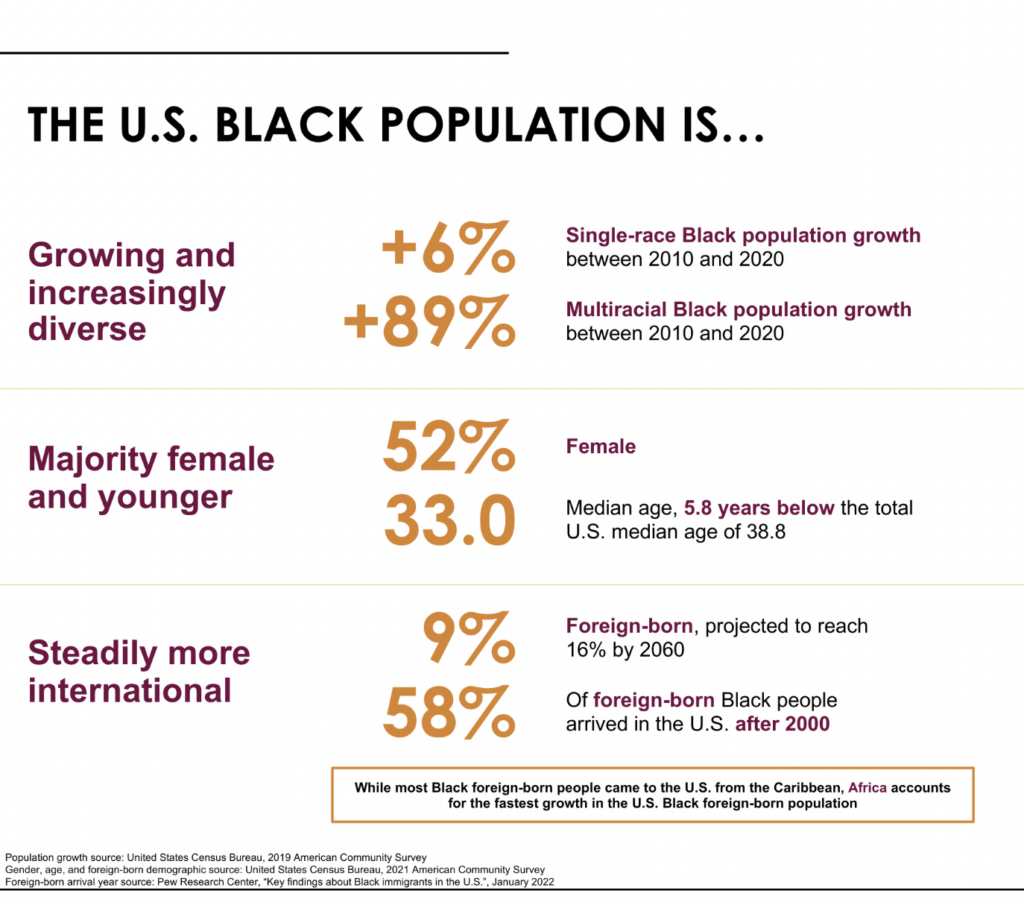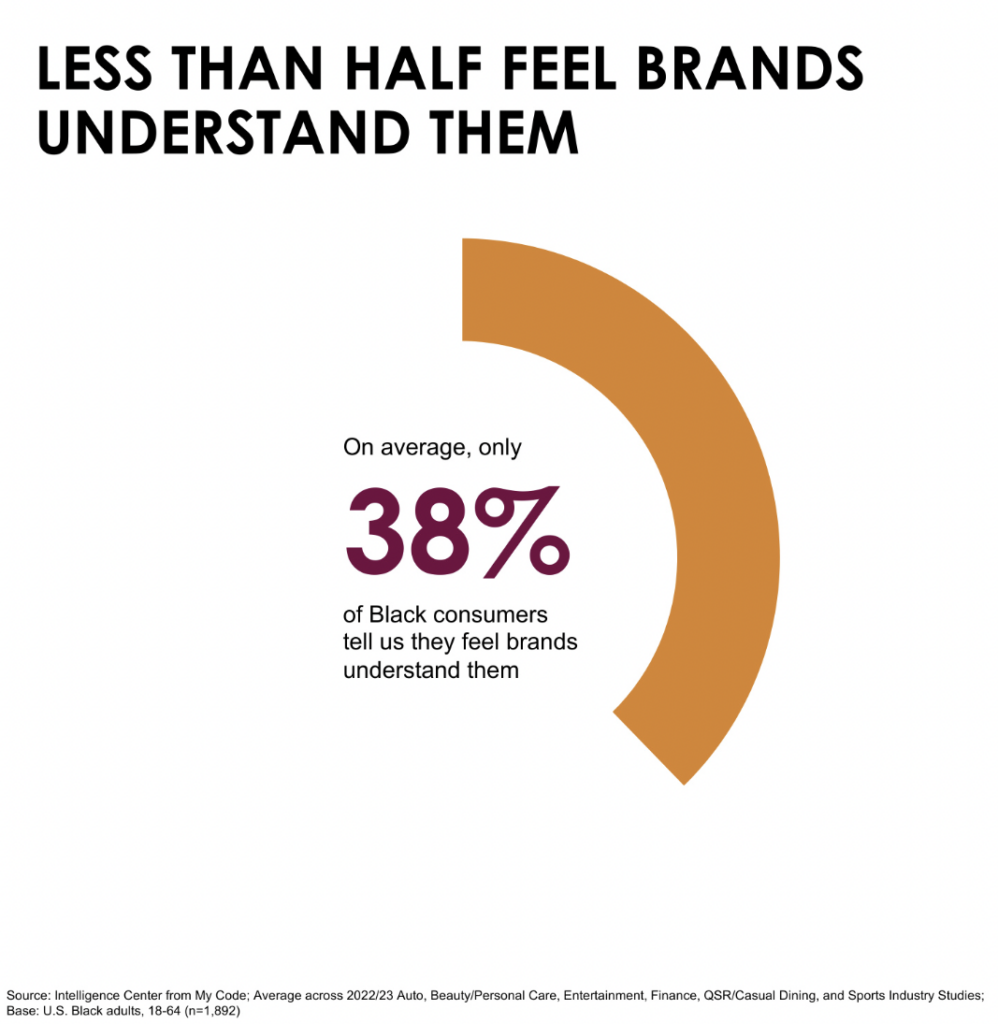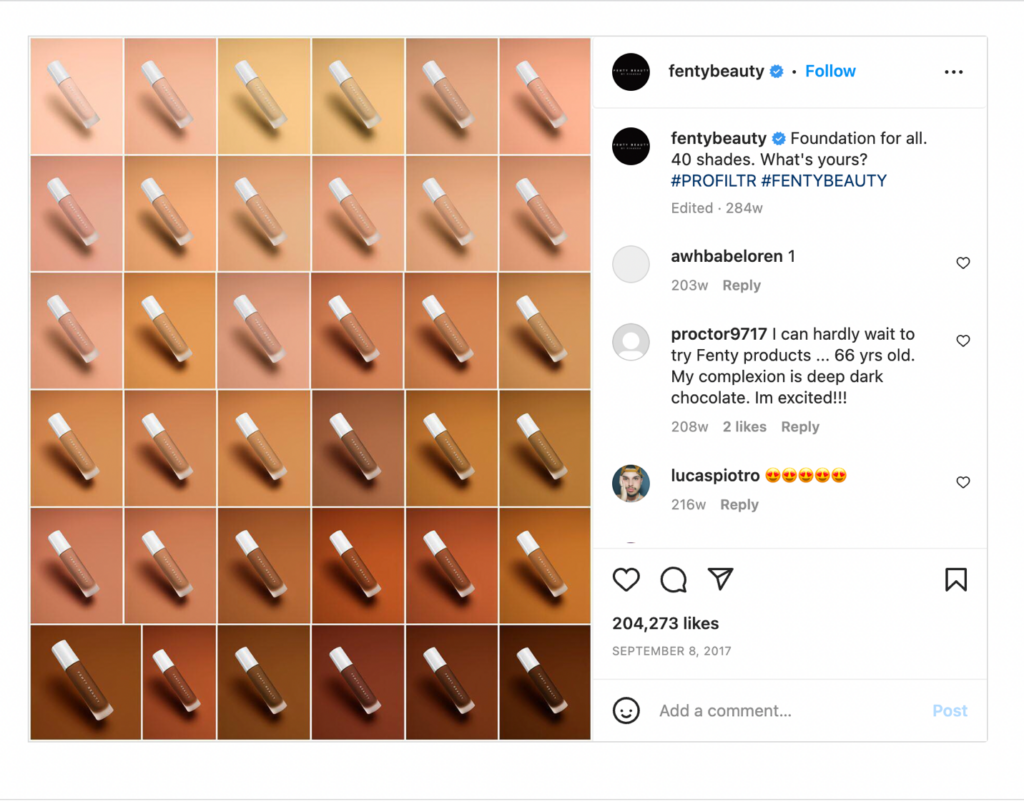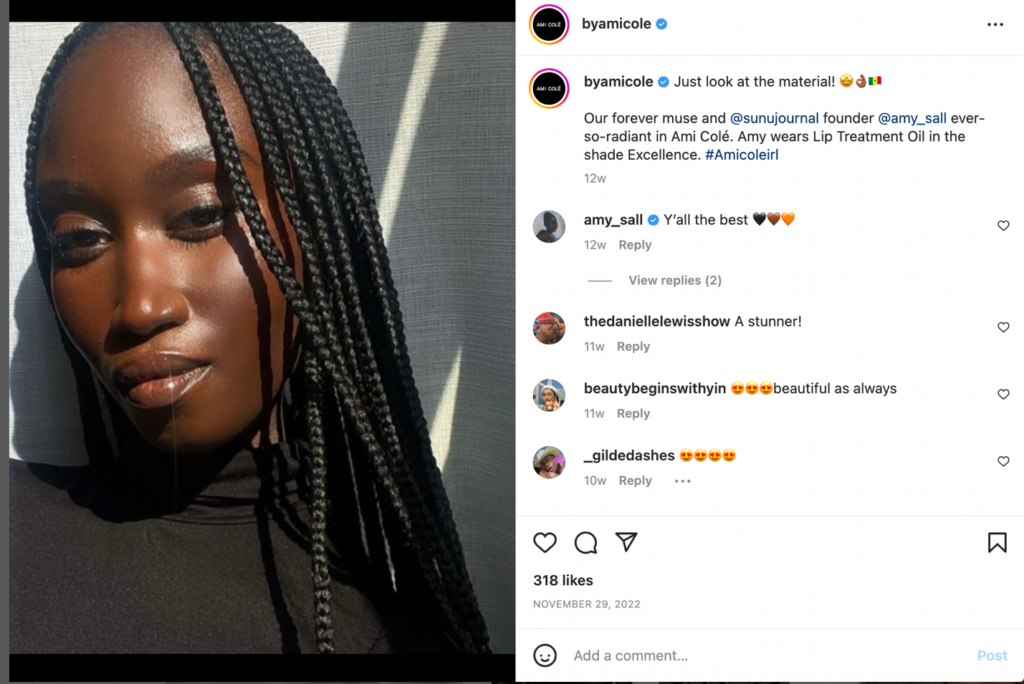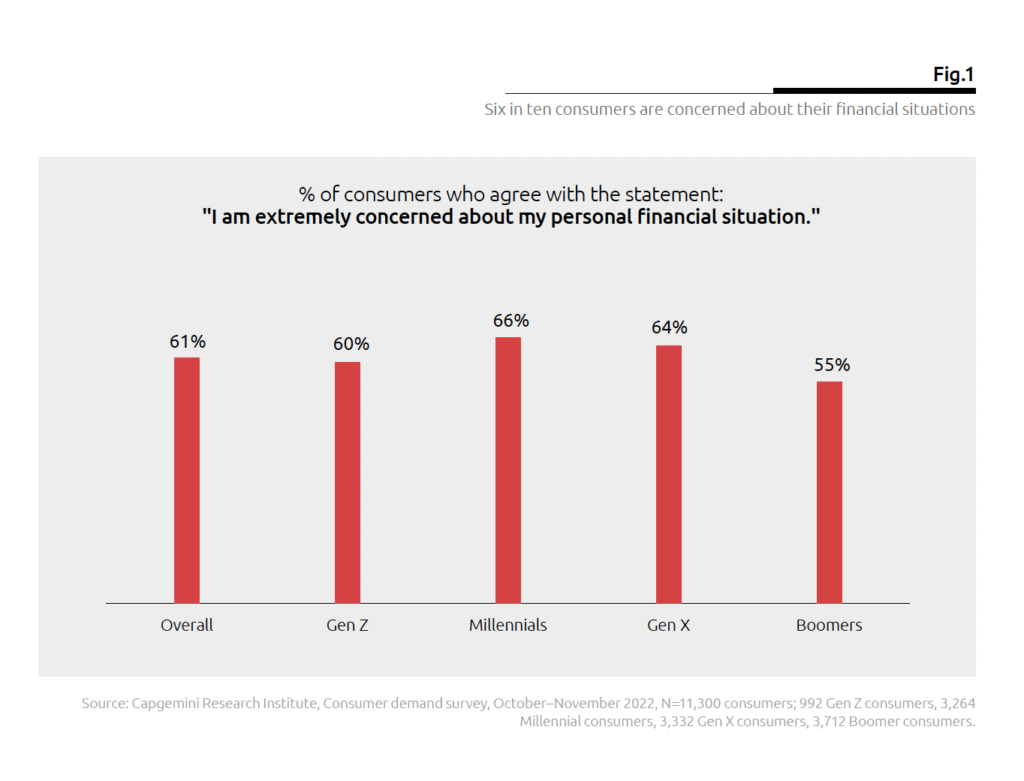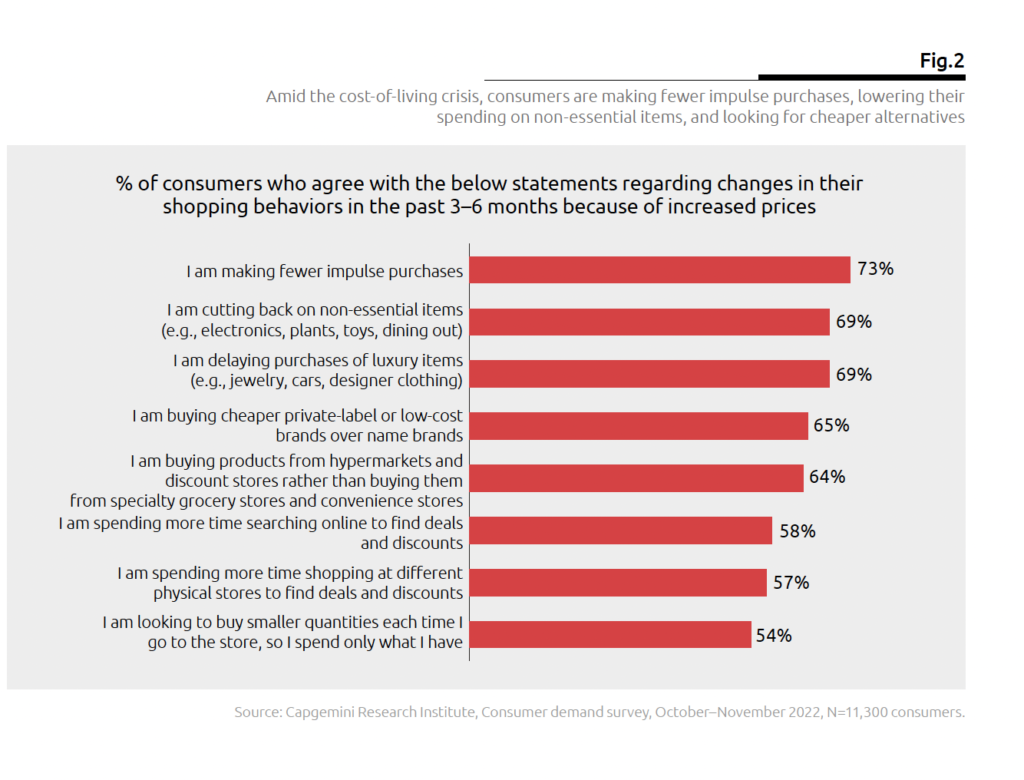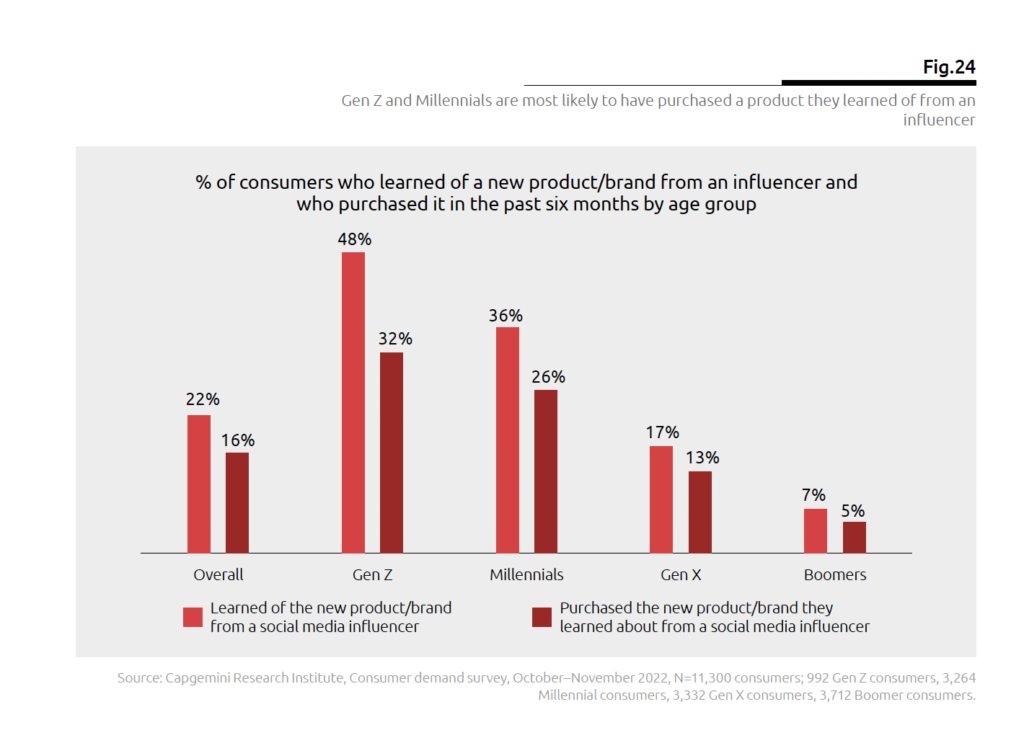There are more than 3 billion active gamers in the world, yet marketers often overlook games and gaming platforms as a powerful way to connect with multigenerational audiences. Nonetheless, gaming ad revenues nearly doubled between 2019 and 2022, topping $8.6 billion. According to Zoe Soon, VP of The Experience Center, IAB, gaming is a global cultural force that is providing marketers with new ways of connecting with consumers, from millennials to Gen Alpha. We spoke with Soon about the upcoming IAB Playfronts and some of the takeaways marketers could look forward to at the 2023 event.
What is new this year at IAB Playfronts?
Over the last year, we have seen the gaming ecosystem explode, and advertisers are starting to understand this audience’s importance. We will have two days diving into the ecosystem of gaming with presentations discussing the effectiveness of gaming, audience insights, and highlighting best practices for driving campaign ROI.
This year’s presenters include Samsung Ads, Activision Blizzard Media, Anzu, Niantic, Twitch, Zynga, and more. Attendees will also hear more of IAB’s editorial voice. We have a panel with leading brands Ally, Mondelez, PepsiCo, and beauty brand Coty, all talking about how they’re leaning into gaming to reach audiences. We also have a panel with agency leaders talking about brand safety in gaming. Any new advertising channel goes through scrutiny when it comes to two things: measurement and brand safety. So we wanted to meet those buy-side questions head-on.
Additionally, we launched the PlayFronts Partner Hub this year, a space to let attendees find and connect directly with presenters while at the event when questions and inspiration strike. The partner hub will feature seven of our presenters.
How are marketers feeling as they deal with all the uncertainty of 2023?
We are in a downturn market, yet marketers continue to lean into gaming. This is a signal to the industry that gaming is increasingly moving out of the ‘experimental’ budget. One thing savvy marketers have not lost sight of is that gaming is not just a great way to connect with their current consumers, it is also the gateway to Gen Z and beyond. Having been born into the worlds of Fortnite and Roblox, Gen Alpha will inhabit both virtual and physical spaces. Gaming is the first step in connecting with audiences who will eventually straddle both worlds.
What are some takeaways for marketers after the conference?
There are limitless possibilities for advertising in the gaming industry. Gaming is going to be on more screens than ever before, and we’re seeing a lot of brands come to the space. At the conference, attendees will walk away with consumer insights, an understanding of new and creative ad innovation, and the future of the gaming landscape for brands. Far from being a subculture – gaming is globalizing entertainment and culture. A better understanding of the gaming influencer’s and esports’ power in the gaming ecosystem. This year we’re proud to feature gaming talent in the show because it is important to us that this is not an advertising event about gaming, but that we bring together the gaming ecosystem and co-create a marketplace the way only IAB can. Last but not least, the IAB will unveil some proprietary research that will debunk common myths in gaming.
Learn more about IAB Playfronts.
